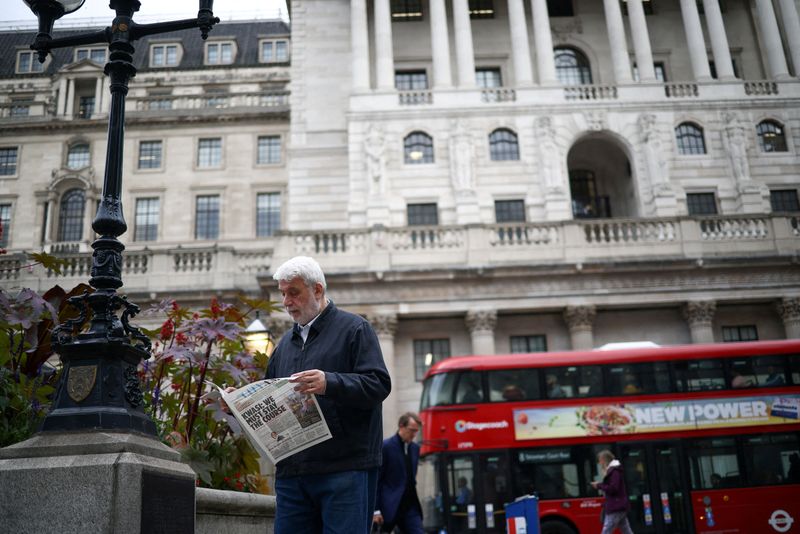Bank of England Cuts Rates Ahead of Fed Meeting
The Bank of England (BOE) has reduced its policy interest rate by a quarter point today, lowering it from 5% to 4.75%. This decision was made just hours before a similar move by the U.S. Federal Reserve (Fed) and indicates the BOE's ongoing trend to lower interest rates from their recent highs.
The interest rate cut was supported by eight members, with only one member arguing that the rate should remain at 5%. The BOE stated that a gradual approach to tackling high inflation is appropriate. Although the inflation rate fell from 2.2% in August to 1.7% in September, falling below the target, it is expected to rise to 2.5% by the end of the year.
Impact of the interest rate cut on the economy and expectations The policies of the new British government are drawing attention due to their impact on the economy. The government's increased spending and tax plans could boost the economy by about 0.75% next year, but may also raise inflation by half a percentage point. The BOE emphasized that despite the economy showing resilience, there are persistent inflation concerns.
Governor Andrew Bailey announced that the details of the interest rate cut decision would be elaborated in a press conference in London. The BOE determined that a gradual lifting of policy restrictions was appropriate based on emerging economic data. However, inflation risks may necessitate the continuation of a tight monetary policy stance.
Fed decisions and Trump's influence The Fed is expected to reduce its interest rate by a quarter point today. While the British economy may not be as resilient as the U.S. economy, the effects of post-Brexit uncertainties persist. Given the potential impact of the U.S. elections on economic policies, it is noted that Donald Trump's spending and tax plans could increase federal debt.
The Bank of England's interest rate cut has led to a rise in bond yields in the market. The economic strategies of the UK and global economic developments may provide insights into how monetary policies will evolve in the coming period.


